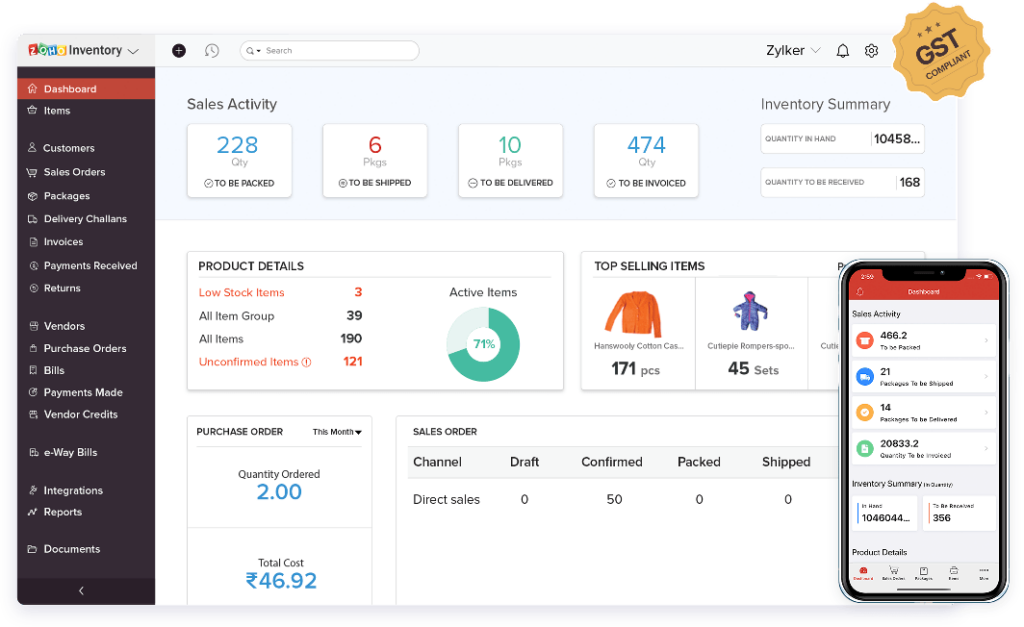Shipping costs can either make or break an online shopping experience. Flat-Rate Shipping, a game-changer that brings transparency and convenience to shipping calculations. In this article, we’ll dive deep into the world of Flat-Rate Shipping, exploring its definition, how it works, and the key factors to consider when deciding whether to use it or opt for standard shipping. Let’s unlock the potential of Flat-Rate Shipping and boost your e-commerce success!
What is Flat-Rate Shipping?
Flat-Rate Shipping is a shipping option where a fixed fee is charged for packages of specific sizes or weights, regardless of the distance they need to travel. Unlike standard shipping, which calculates costs based on package weight, dimensions, and destination, Flat-Rate Shipping offers a simplified and predictable pricing model. It’s an enticing proposition for both sellers and customers due to its straightforwardness and cost-effectiveness.

The Difference between Flat-Rate and Standard Shipping
Shipping is an integral part of any e-commerce business, and understanding the various shipping options available is crucial for optimizing costs and providing a positive customer experience. Two commonly used shipping methods are Flat-Rate Shipping and Standard Shipping, each offering unique advantages and limitations. Let’s delve deeper into the differences between these two approaches:
1. Pricing Model:
- Flat-Rate Shipping: As the name suggests, this employs a fixed pricing model, where the shipping cost is predetermined based on the package’s size, weight, or other criteria. Irrespective of the destination’s distance, the shipping fee remains constant for all shipments falling under the same category or weight class. This simplified and predictable pricing structure is often preferred by sellers and embraced by customers due to its transparency.
- Standard Shipping: Standard Shipping employs a dynamic pricing model. The cost of shipping is calculated based on various factors, including the package’s weight, dimensions, shipping distance, and the chosen shipping carrier. Standard Shipping rates can vary significantly, leading to different costs for shipping identical packages to different locations.
2. Cost Calculation:
- Flat-Rate Shipping: The seller determines the shipping cost in advance and communicates it clearly to customers during the checkout process. Regardless of any external factors, such as fuel price fluctuations or seasonal surcharges, the shipping fee remains constant, providing both the seller and the buyer with a consistent cost structure.
- Standard Shipping: The cost of Standard Shipping is calculated dynamically at the time of shipment. This means the shipping cost can change based on factors such as the distance between the origin and destination, the current rates charged by the shipping carrier, and any additional services or surcharges required for specific shipments.
3. Suitability for Different Products:
- Flat-Rate Shipping: This is ideal for sellers who offer products with relatively consistent sizes and weights. It works best when the majority of the items fall within the weight range specified for the flat-rate package. Shipping heavier or bulkier items can be more cost-effective with it, as the fixed fee covers the higher costs associated with such shipments.
- Standard Shipping: Standard Shipping is more flexible and can accommodate a wide variety of product types and sizes. It is particularly advantageous for sellers with a diverse product catalog, as it allows them to calculate shipping costs more accurately based on the specific dimensions and weight of each package.
4. Convenience and Predictability:
- Flat-Rate Shipping: Flat-Rate Shipping offers a straightforward and hassle-free experience for both sellers and customers. The fixed shipping cost eliminates the need for complex calculations during checkout, providing shoppers with transparency and predictability in their shipping expenses.
- Standard Shipping: While Standard Shipping offers flexibility, it requires customers to go through the shipping cost estimation process during checkout. This can sometimes lead to unexpected cost variations, which might deter price-sensitive customers or create confusion during the purchasing process.

Pros of Flat Rate Shipping:
Simplified Pricing
One of the major advantages of Flat Rate Shipping is its straightforward pricing model. The fixed shipping fee is determined in advance, making it easy for both sellers and customers to understand and calculate shipping costs. This simplicity reduces the chances of abandoned carts due to unexpected or confusing shipping charges during the checkout process.
Predictability
With Flat Rate Shipping, sellers can offer predictable shipping costs to customers, regardless of the package’s weight, size, or destination. This predictability allows customers to plan their purchases better and budget for the total cost upfront, leading to increased customer satisfaction and confidence in the shopping experience.
Cost-Effective for Heavy Items
For businesses dealing with heavier or bulkier products, Flat Rate Shipping can be more cost-effective than other shipping methods. Since the shipping fee remains the same, regardless of the weight, sellers can avoid incurring additional costs for shipping larger items.
Long-Distance Shipping Advantages
Flat Rate Shipping is particularly beneficial for long-distance shipments. Regardless of whether the package is traveling across the country or internationally, the shipping cost remains unchanged. This consistency can be attractive for sellers targeting customers in different regions or countries.
Transparency and Trust
Flat Rate Shipping fosters transparency in the buying process, which can build trust with customers. They know exactly how much they’ll be charged for shipping, promoting a sense of fairness and reducing the chances of customer complaints related to shipping costs.
Cons of Flat Rate Shipping
Inefficiency for Light Items
One of the drawbacks of Flat Rate Shipping is that it might not be cost-effective for shipping lightweight items. For parcels that are significantly lighter than the specified weight range for the flat-rate package, the shipping cost per unit weight can be higher than using standard shipping options.
Limited Packaging Flexibility
Flat Rate Shipping often comes with predefined package size and weight options. This limitation can be challenging for sellers shipping irregularly shaped or oversized items, as they may not fit within the predefined flat-rate packaging.
Potential Overcharging for Short Distances
When shipping items to nearby locations, Flat Rate Shipping might lead to higher costs compared to standard shipping rates. If the fixed flat-rate fee exceeds the actual postage cost for shorter distances, it can be a disadvantage for sellers and may deter local customers.
Competitive Disadvantage
In highly competitive markets, offering only Flat Rate Shipping might put sellers at a disadvantage. Competitors who provide more flexible and dynamic shipping options might appeal to price-conscious customers looking for the lowest possible shipping cost.
Carrier Limitations
Flat Rate Shipping options are often tied to specific shipping carriers or services. This means sellers might not be able to choose their preferred carrier or leverage special deals or discounts offered by other carriers.
When is it Cheaper to Do Flat-Rate Shipping?
Flat-Rate Shipping is generally cheaper in the following scenarios:
Shipping Heavy Items
For businesses shipping heavier or bulkier items, Flat-Rate Shipping can be more cost-effective. Since the shipping fee remains fixed regardless of the weight or distance, the cost advantage becomes evident when sending heavy parcels over long distances.
Long-Distance Deliveries
When shipping items to distant locations, Flat-Rate Shipping can offer significant savings compared to variable-rate options. The consistent flat fee ensures that the cost does not fluctuate based on the shipping distance, making it a preferred choice for national or international shipments.
Predictable Shipping Costs
Flat-Rate Shipping provides predictability for sellers and customers alike. Sellers can accurately budget for shipping expenses, and customers can plan their purchases with full knowledge of the shipping cost, leading to higher customer satisfaction.
When is it NOT Cheaper to Do Flat-Rate Shipping?
Flat-Rate Shipping may not be cheaper in the following situations:
Shipping Light Items
For businesses dealing with lightweight items, Flat-Rate Shipping might not be the most cost-effective option. The fixed shipping fee might exceed the actual postage cost, making standard shipping rates or weight-based options more affordable.
Short-Distance Shipping
When shipping items to nearby locations, Flat-Rate Shipping might result in higher costs compared to standard shipping rates. The fixed flat-rate fee may not align with the lower postage cost for shorter distances, making standard shipping a more economical choice.
Inflexible Packaging Options
Flat-Rate Shipping often comes with predefined package size and weight options. For businesses shipping irregularly shaped or oversized items that do not fit within the flat-rate packaging, standard shipping might be a more suitable and cost-effective alternative.
Competitive Price Consideration
In highly competitive markets, offering only Flat-Rate Shipping might put sellers at a disadvantage. Competitors providing more flexible shipping options tailored to customers’ needs and preferences might attract price-conscious buyers looking for the best shipping deals.
Conclusion
Flat-Rate Shipping has emerged as a valuable shipping solution for businesses seeking consistency and predictability. Understanding when to utilize Flat-Rate Shipping and when to opt for standard shipping is crucial to optimizing your shipping strategy and delighting customers with fair and transparent pricing. By leveraging the power of Flat-Rate Shipping effectively, you can enhance customer satisfaction, minimize shipping-related complexities, and pave the way for e-commerce success in a competitive marketplace. Embrace Flat-Rate Shipping today with Fulfillmen and witness the difference it can make in your business’s shipping efficiency and profitability.




